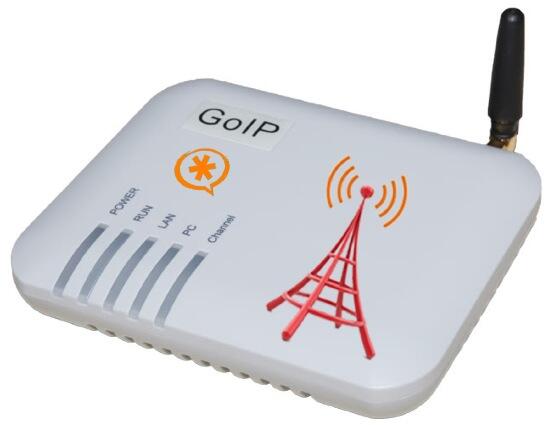AstriCon 10: WOW! What a Coming Out Party for Asterisk 12!
It was the tenth anniversary of AstriCon in Atlanta this week with an SRO crowd, and what a week it was. Comparing Asterisk® 12 to Asterisk 11 and previous iterations would be much like comparing Windows 8 to Windows 3.1. Facelift doesn’t begin to describe the metamorphosis. There’s a brand new (robust) SIP implementation featuring PJSIP, and a new restful interface known as ARI that lets you get at all of the Asterisk internals with a simple web command. You… Read More ›



